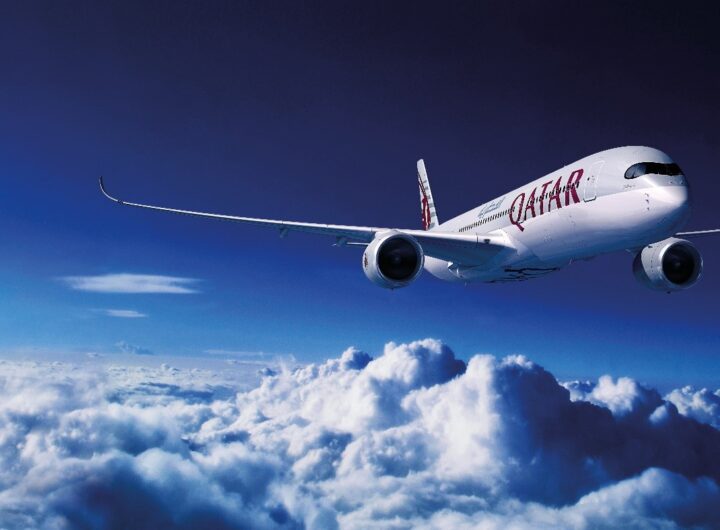
.
According to the International Air Transport Association (IATA), global origin-destination (O-D) passenger traffic increased 28.9% in Q2 2023 compared to Q2 2022, reaching 954 million passengers. This brought worldwide passenger traffic near to pre-pandemic levels, only 3.5% lower than in the second quarter of 2019.
The increase was driven mainly by domestic markets, which outperformed their Q2 2019 numbers by roughly 2.5% (14 million passengers). International passengers recovered to 88.8% of 2019 levels in Q2 2023, with a 35.6% year-on-year increase due to the robust performance of Asia-Pacific markets.
This development represents a significant improvement from Q2 2022 when domestic and international travellers were 17.8% and 34.5% lower than pre-pandemic levels.
However, passenger recovery has varied across market distances; domestic markets above 500 kilometres outperformed their 2019 traffic levels in Q2 2023, with medium-haul markets (1,000-2,000 km) leading the way.
Short-distance domestic traffic (less than 500 km) grew slower annually (13.0%) than other domestic markets and remained 7.8% lower than in 2019. In Q2 2023, 85 countries’ domestic passenger numbers remained lower than in Q2 2019 for markets less than 500 km, while 71 countries topped their 2019 domestic passenger numbers.
Despite a robust yearly increase, foreign travellers in Q2 2023 were 11.2% lower than in Q2 2019, with about 48.7 million fewer passengers.
This shortfall was distributed across several market distance categories, with the highest disparity in passenger numbers for markets between 2,000 and 4,000 km.
Long-haul markets (8,000 to 12,000 km) saw the most significant percentage change from 2019 levels, although seeing the strongest annual growth in Q2 2023, owing to the return of long-haul international service in the Asia Pacific area.
Consistent patterns in ticket sales for future travel imply that passenger numbers will continue to rise in the coming months. However, uncertainties surrounding China’s economy create concerns about the sustainability of the region’s recovery patterns in local and foreign markets.
Based on DDS data, change in the number of O-D passengers based on market distance IATA Sustainability and Economics.
 Qatar Airways Resumes Flights To Malta: Enhancing International Connectivity
Qatar Airways Resumes Flights To Malta: Enhancing International Connectivity  Turkish Airlines Crowned Best Airline in Europe for the Tenth Time
Turkish Airlines Crowned Best Airline in Europe for the Tenth Time  Taking on the Tasman: Air New Zealand Unleashes 1.7 Million Seats for Summer
Taking on the Tasman: Air New Zealand Unleashes 1.7 Million Seats for Summer  Oman Air Elevates In-Flight Dining with Exquisite Omani Rock Rose Dessert
Oman Air Elevates In-Flight Dining with Exquisite Omani Rock Rose Dessert  Cathay Pacific Elevates Inflight Dining with ‘Chinese Classics’ Menu
Cathay Pacific Elevates Inflight Dining with ‘Chinese Classics’ Menu  Hong Kong Airlines Set to Land in Sydney—And Travellers Reap the Rewards
Hong Kong Airlines Set to Land in Sydney—And Travellers Reap the Rewards  Viking Cruises Unveils 14 New Ocean Itineraries for 2026 & 2027
Viking Cruises Unveils 14 New Ocean Itineraries for 2026 & 2027  Seabourn Elevates Onboard Dining with New Menus and Local Flavours
Seabourn Elevates Onboard Dining with New Menus and Local Flavours  Oceania Cruises Marks a New Era with the Construction of the First Sonata Class Ship
Oceania Cruises Marks a New Era with the Construction of the First Sonata Class Ship 